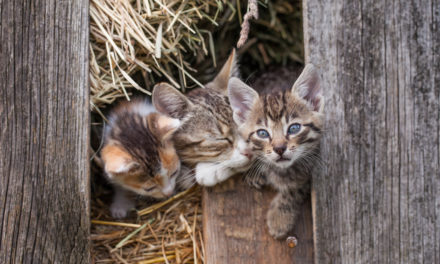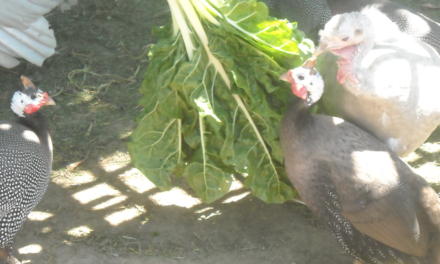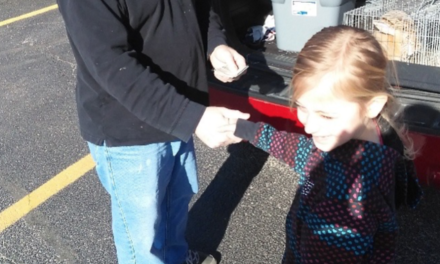The rat population at 7 E’s Homestead is on a swift decline thanks to a one-two punch of setting traps and putting out carefully placed rat poison I picked up from Buchheit. As I researched the adverse effects of an uncontrolled rodent population, I was struck by how complicated it is to use rat poisons to eliminate rats successfully.
Rodenticides are a group of chemicals that are poisonous to rats. Most are not fast-acting. Depending on the blend of rodenticide used, it can take from a few days to a couple of weeks to kill rats. There are four major types of rat poisoning: Anticoagulants, Cholecalciferol, Bromethalin, and Phosphide rodenticides. Each has a different poisoning mechanism precipitated due to the ability of rats to develop resistance to poisons.
There is a significant problem with using poisons. Since rats can’t vomit up a contaminated (poisonous) substance, they have adapted behaviors to prevent them from ingesting toxins. Their first line of defense against poison it their habit of sampling foods in a small amount. If a small amount doesn’t make them sick, then they will eat more. They are crafty with their keen senses of taste and smell, being able to detect the harmful chemical in minute amounts. The use of anticoagulants that take days or weeks to act allows the rats to grow used to eating the poison. They are also smart enough to learn by watching. If one of their fellow rats dies after eating the newly introduced substance, it results in the entire colony learning to avoid that food in the future. They may also develop resistance to poisons. Bromethalin was created in 1985 as a solution to the rat population that had developed a resistance to anticoagulant poisons. Bromethalin is highly toxic, designed to kill in one dose. A significant problem with this chemical is accidental secondary poisoning. The death of a pet cat or a curious chicken might occur if either the poison itself or part of the rat carcass is ingested. Secondary poisoning of pets by anticoagulants can be treated with doses of Vitamin K while poisoning by Bromethalin and phosphide rodenticides cannot be treated.
Another negative of rat poisons is the contamination of soils and water as the poisoned rat carcass decays. The more I learned about the complications involved with poison, the more I started looking for alternative solutions. One suggestion was to set out dry instant potato flakes and a water source. The rat eats it and then drinks. The potato flake and water mix to fill their stomach causing them to die sounds good but unreliable.
I concluded that I wanted to use rat poison out in the barn because even though there were issues using poison, the damage from the rats outweighed my concerns.
I decided to use an anticoagulant that, due to its slow-acting properties, would reduce the chance of my cats getting poisoned and it didn’t matter where the rats died since they were not going to end up in a wall of my home. When I set out the poison, dead rats appeared on the floor of my barn, but it is evident that my good mousers were smart enough not to touch the carcasses. What a relief to exterminate the rodents! I am grateful that I found several kinds of rat poison as well as lots of different types of traps. I will be on the outlook for tell-tale signs of rodents, but for now, I can breathe a sigh of relief. Not the happiest topic but I am sure glad to pass on the information. Hope it helps!
Anne May






